(Elaine) Sturtevant Study for Stella Getty Tomb (2nd Version) 1989 enamel on canvas 21 x 24 1/4 in. (53.3 x 61.6 cm.) Signed, titled and dated "'Study for Stella Getty Tomb' (2nd Version) Sturtevant '89" along the overlap.
Provenance Ralph Wernicke, Berlin Galerie Meyer Kainer, Vienna Private Collection, New York Exhibited Vienna, Georg Kargl Fine Arts, Weg aus dem Bild, 1999 Literature T. Osterwold,ed., exh. cat., Sturtevant,Württembergischer Kunstverein, Stuttgart, 1992, p. 98 (illustrated) H. Besacier, "Sturtevant,"Art Factum,10, 48 (Jun - Aug 1993), pp. 2-4 and title page, p.4 (illustrated) T. Crow,The Rise of the Sixties: American and European Art in the Era of Dissent, London: Calmann & King Ltd., 1996, p. 73 (illustrated) B. Hainley, "Sturtevant talks to Bruce Hainley," Artforum, vol. 41, no.7 (March 2003), pp. 246-247 L. Maculan, ed., Sturtevant: Catalogue Raisonné 1964-2004, Ostfildern-Ruit, 2004, no. 211, p. 100 Catalogue Essay Since the 1960s, American artist Elaine Sturtevant has repeatedly appropriated the iconic works of other celebrated artists, infltrating and pillaging their oeuvres for her own purposes. In this piece, Sturtevant replicates one of Frank Stella’s most famous black paintings, thus revealing to what extent Stella’s own aesthetic was based on repetition. Such a parasitic approach may seem facile, yet Sturtevant insists that her meticulously reproduced artworks should not be read as forgeries, homages, or parodies. Instead, her art is a thorough investigation into a society permeated by simulacra. Sturtevant seeks to highlight the hyper-mediated condition of all social relations under late capitalism as well as the futility of genuine and original expression in a global culture that thrives on recycling old ideas and styles. Nothing comes from nothing. And Sturtevant knows it. “Authenticity currently is nonexistent due to the imposition of cybernetics,” the artist explains. “What is currently compelling is our pervasive cybernetic mode, which plunks copyright into mythology, makes origins a romantic notion, and pushes creativity outside reproduces the paintings she decides to copy and insists that her artworks should not be seen the self.” (Elaine Sturtevant in Sturtevant: Image Over Image, Moderna Museet, Sweden, 2012). In Study for Stella Getty Tomb (2nd Version), 1989, the rhythmic white lines jazz across the black background, in perfect harmony, and perfect replication of the paintings from which they find their form. In Stella’s Black Paintings, he programmatically – and iconically – creates an illusionistic space out of the confines of a painting. In Sturtevant’s rendering, we see the nuances of the staunch geometric diagrams of the original creator, seeing the imperfections in the illusion of regularity. The preconceptions about the mechanical, impersonal, quasi-mathematical quality of Stella’s original works, vanishes swiftly as one stands before the sanctified mystery of Study for Stella Getty Tomb (2nd Version), 1989. The blackness of the surface, which upon first sight appears cold and impenetrable, and the rivulets of white canvas that show between the insistently repetitive black stripes, begin to quiver and twinkle as Sturtevant reimagines and reinvigorates the monochromatic space of one the greatest painters. Read More
(Elaine) Sturtevant Study for Stella Getty Tomb (2nd Version) 1989 enamel on canvas 21 x 24 1/4 in. (53.3 x 61.6 cm.) Signed, titled and dated "'Study for Stella Getty Tomb' (2nd Version) Sturtevant '89" along the overlap.
Provenance Ralph Wernicke, Berlin Galerie Meyer Kainer, Vienna Private Collection, New York Exhibited Vienna, Georg Kargl Fine Arts, Weg aus dem Bild, 1999 Literature T. Osterwold,ed., exh. cat., Sturtevant,Württembergischer Kunstverein, Stuttgart, 1992, p. 98 (illustrated) H. Besacier, "Sturtevant,"Art Factum,10, 48 (Jun - Aug 1993), pp. 2-4 and title page, p.4 (illustrated) T. Crow,The Rise of the Sixties: American and European Art in the Era of Dissent, London: Calmann & King Ltd., 1996, p. 73 (illustrated) B. Hainley, "Sturtevant talks to Bruce Hainley," Artforum, vol. 41, no.7 (March 2003), pp. 246-247 L. Maculan, ed., Sturtevant: Catalogue Raisonné 1964-2004, Ostfildern-Ruit, 2004, no. 211, p. 100 Catalogue Essay Since the 1960s, American artist Elaine Sturtevant has repeatedly appropriated the iconic works of other celebrated artists, infltrating and pillaging their oeuvres for her own purposes. In this piece, Sturtevant replicates one of Frank Stella’s most famous black paintings, thus revealing to what extent Stella’s own aesthetic was based on repetition. Such a parasitic approach may seem facile, yet Sturtevant insists that her meticulously reproduced artworks should not be read as forgeries, homages, or parodies. Instead, her art is a thorough investigation into a society permeated by simulacra. Sturtevant seeks to highlight the hyper-mediated condition of all social relations under late capitalism as well as the futility of genuine and original expression in a global culture that thrives on recycling old ideas and styles. Nothing comes from nothing. And Sturtevant knows it. “Authenticity currently is nonexistent due to the imposition of cybernetics,” the artist explains. “What is currently compelling is our pervasive cybernetic mode, which plunks copyright into mythology, makes origins a romantic notion, and pushes creativity outside reproduces the paintings she decides to copy and insists that her artworks should not be seen the self.” (Elaine Sturtevant in Sturtevant: Image Over Image, Moderna Museet, Sweden, 2012). In Study for Stella Getty Tomb (2nd Version), 1989, the rhythmic white lines jazz across the black background, in perfect harmony, and perfect replication of the paintings from which they find their form. In Stella’s Black Paintings, he programmatically – and iconically – creates an illusionistic space out of the confines of a painting. In Sturtevant’s rendering, we see the nuances of the staunch geometric diagrams of the original creator, seeing the imperfections in the illusion of regularity. The preconceptions about the mechanical, impersonal, quasi-mathematical quality of Stella’s original works, vanishes swiftly as one stands before the sanctified mystery of Study for Stella Getty Tomb (2nd Version), 1989. The blackness of the surface, which upon first sight appears cold and impenetrable, and the rivulets of white canvas that show between the insistently repetitive black stripes, begin to quiver and twinkle as Sturtevant reimagines and reinvigorates the monochromatic space of one the greatest painters. Read More
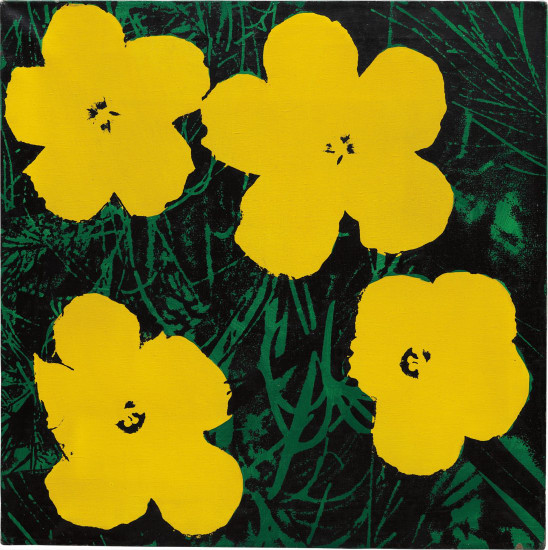

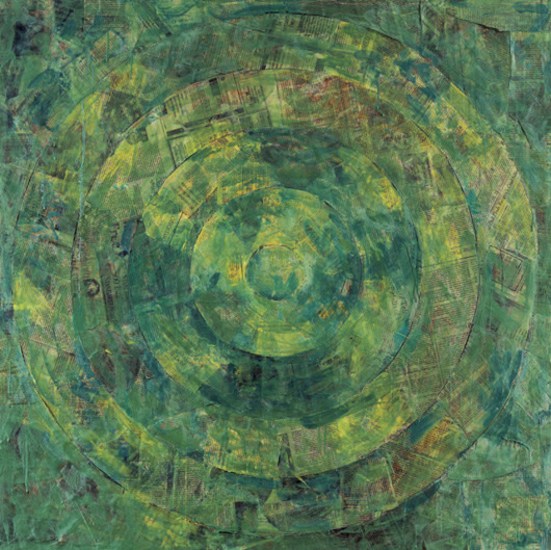
.jpg)
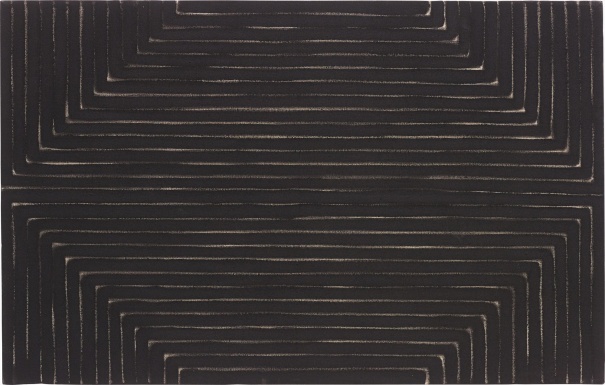
.jpg)
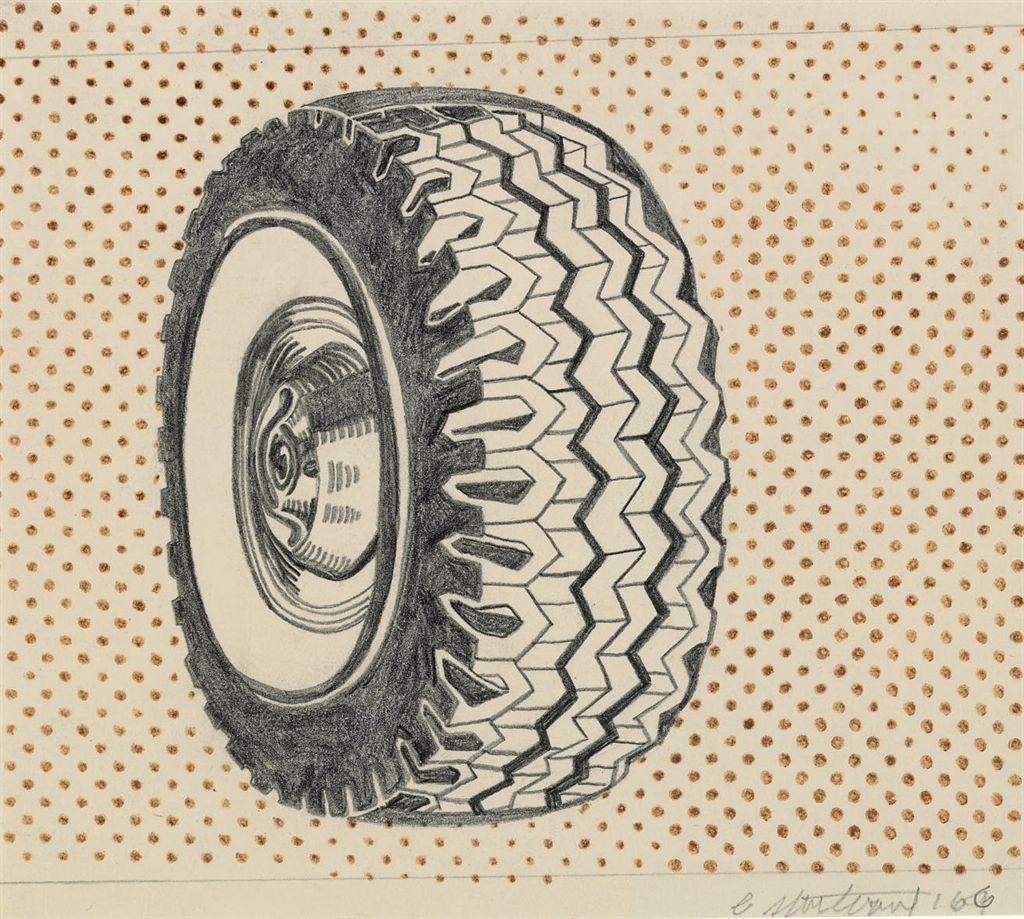
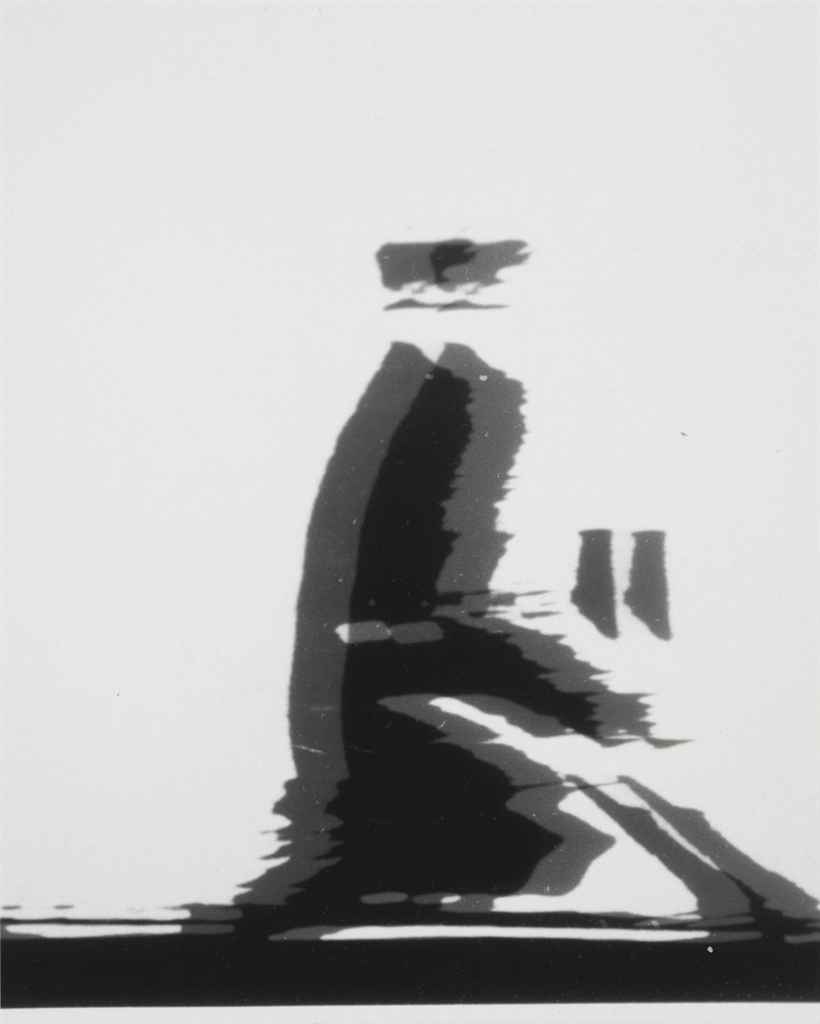

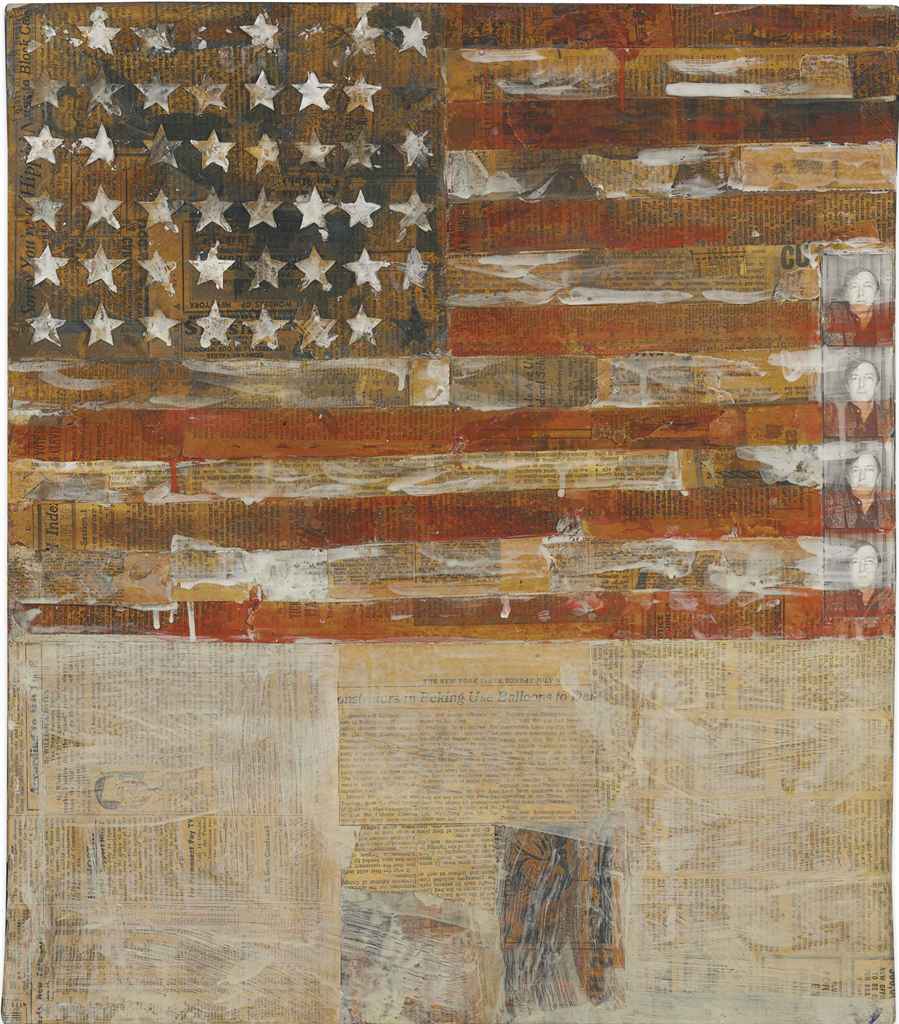
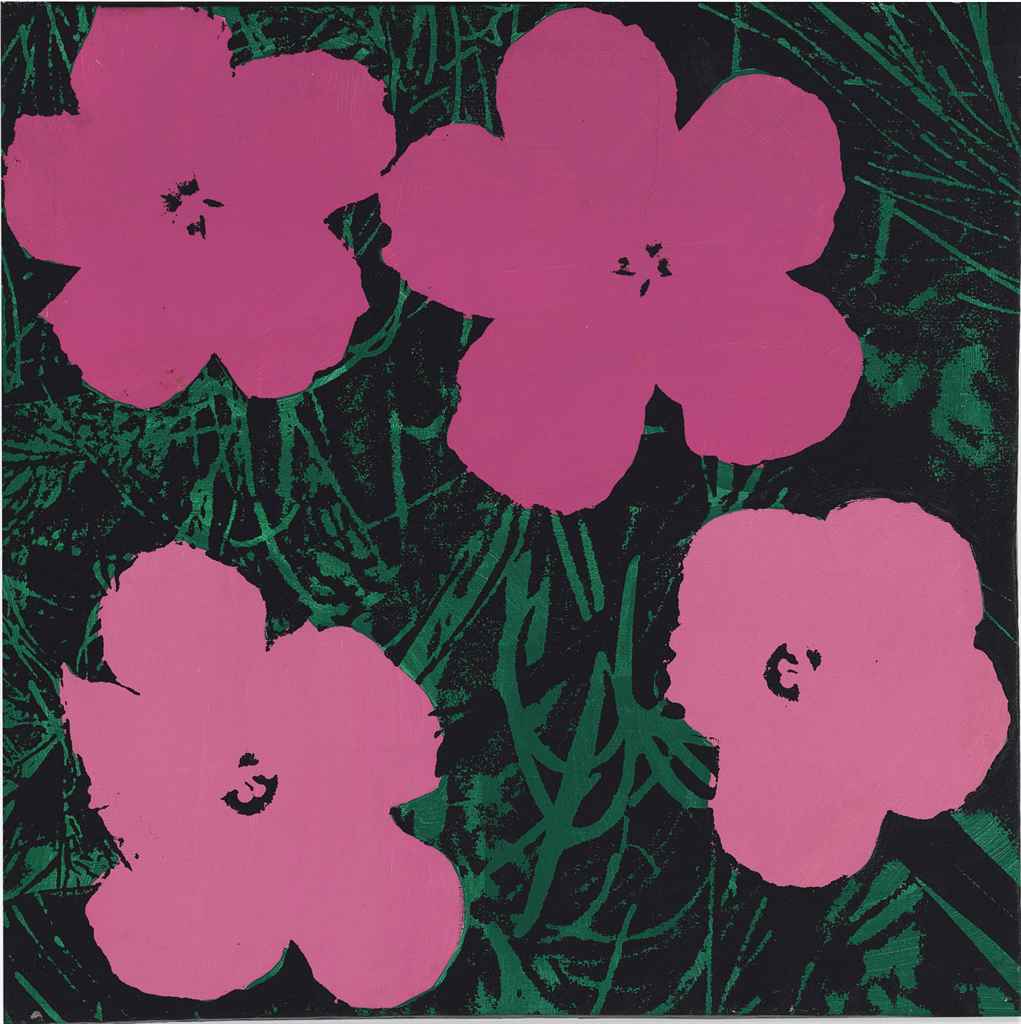

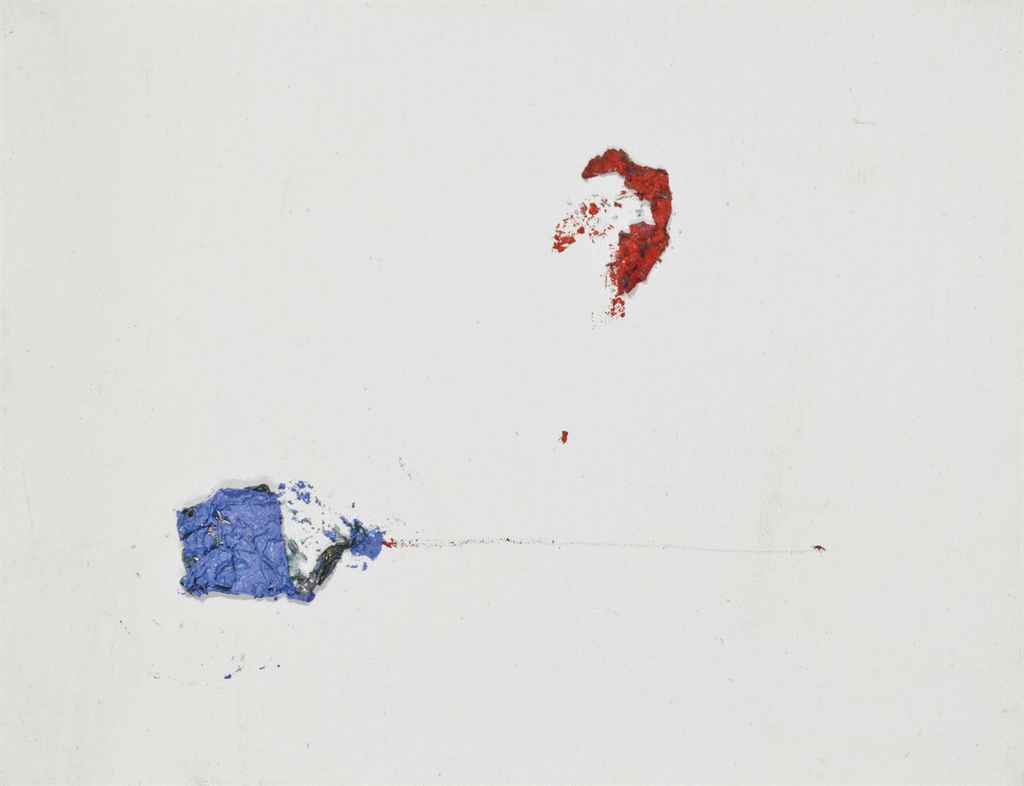
Testen Sie LotSearch und seine Premium-Features 7 Tage - ohne Kosten!
Lassen Sie sich automatisch über neue Objekte in kommenden Auktionen benachrichtigen.
Suchauftrag anlegen